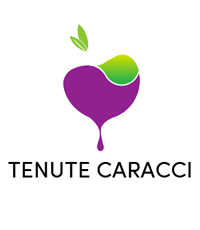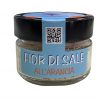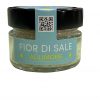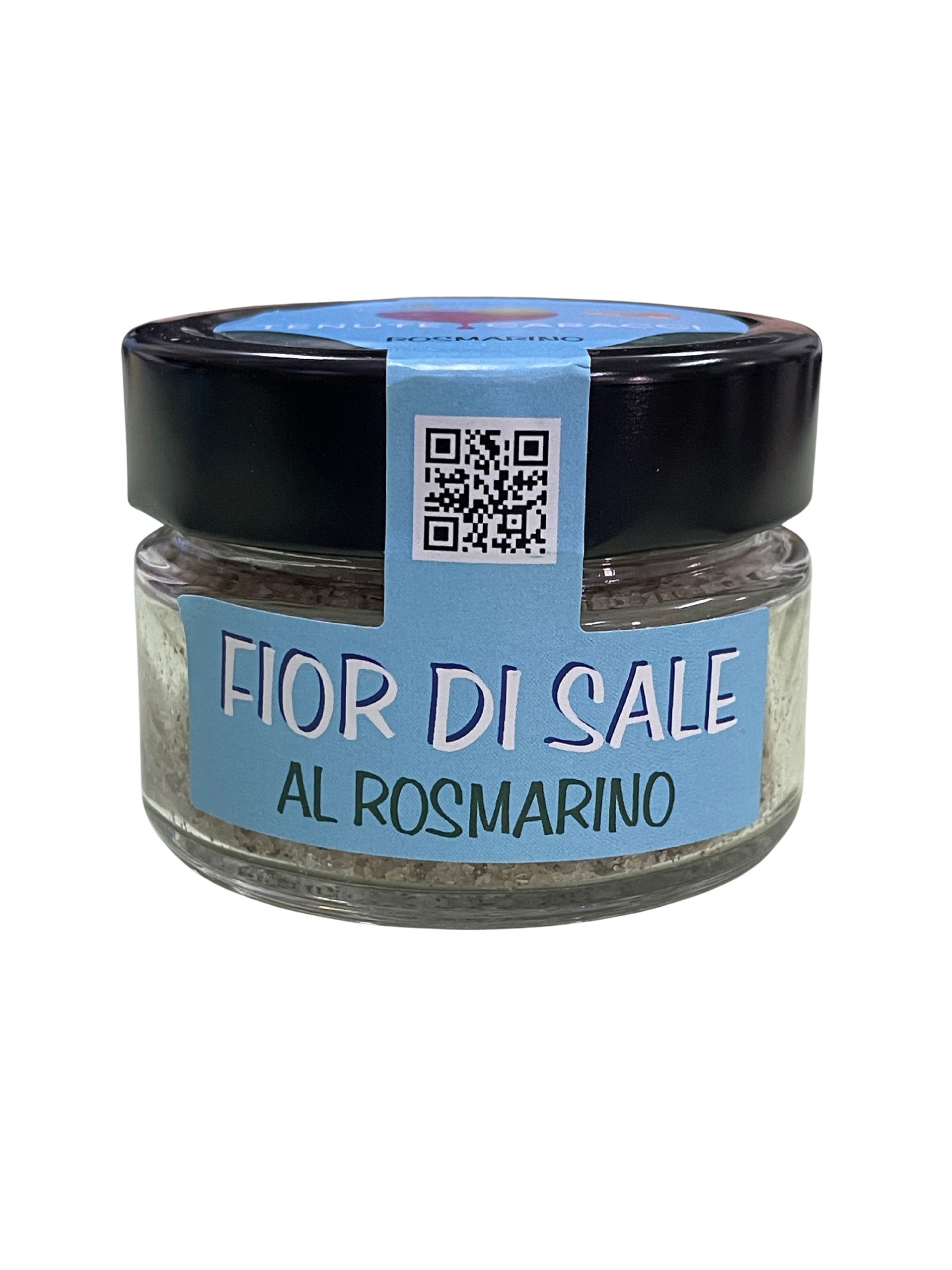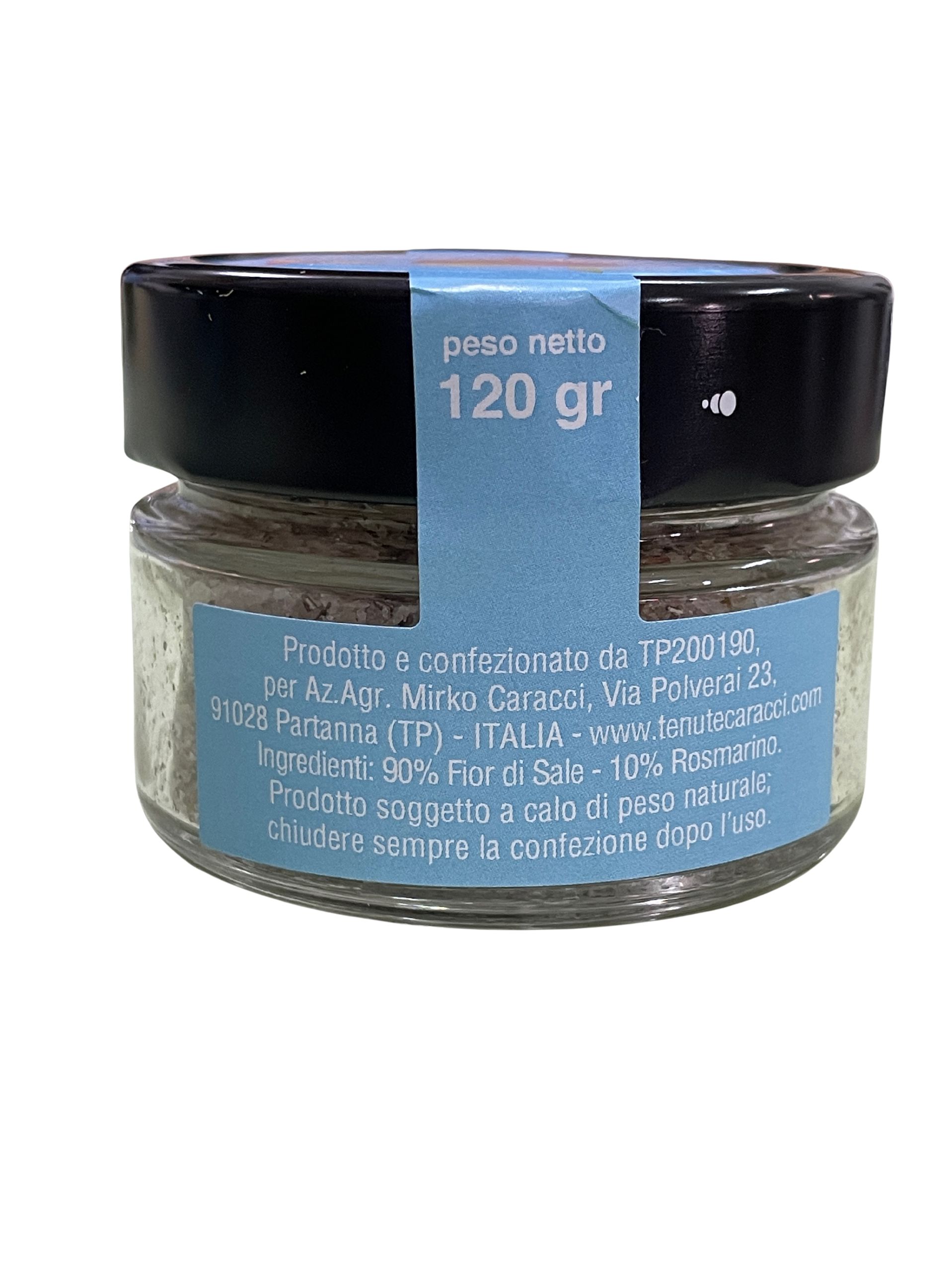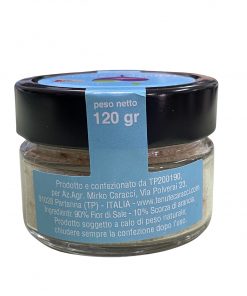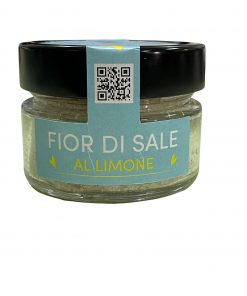Rosemary fleur de sel
6,50€
Fior di Sale represents our highest culinary expression — a refined and delicate product that captures the pure essence of the Mediterranean.
60 GRAM JAR
The result of meticulous artisanal processing from the first crystallisations of sea salt, this “flower of salt” adds a touch of sophistication to every dish. Its light texture and subtle fragrance make it the ideal complement to naturally enhance flavours. Delicate marine crystals that capture the authentic aromas of Sicily. Hand-harvested from the first crystallisations, it is the refined touch that elevates every creation.
Choose Fior di Sale for an authentic and unforgettable culinary experience, enriched by a wide range of flavours — from the classics to the most innovative and local, such as orange and rosemary.

